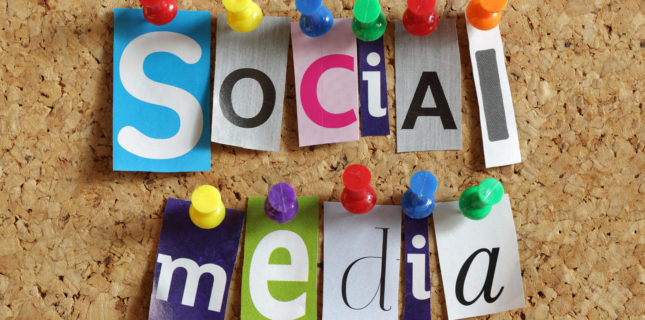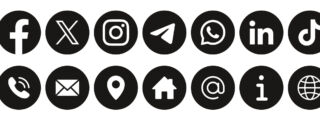
Color Me
You’re accustomed to thinking about color in terms of store décor and product design, but what about in social media and marketing communications? Addressing them even has a name. It’s called a visual social media strategy, and here’s what to consider in creating yours.
Tip: Use different colors in your communications to attract specific types of customers.
THE PAYBACK
It’s all about the value of visuals, including color.
- BASICS. Nine out of ten consumers make purchasing decisions based on visuals surrounding them. That includes not just images, but color as well. (Source: Adweek)
- COLOR. In fact, 85% of shoppers place color (in product, marketing, and messaging) as a primary reason for buying a particular product. (Source: Kissmetrics)
- ADS. Black and white ads and communications attract 42% less attention than color ads. (Source: Adweek)
- MILLENNIALS. 82% of Millennials are most likely to return to sites that regularly use color and visuals. (Source: Neustar)
CONSUMER CHECKLIST
Nearly 65% of people are visual learners, and color plays a key role in their perceptions of you. Use different colors to attract specific types of customers. Here’s a look at their preferences.
(Source: Kissmetrics)
√ BY SHOPPER
- Impulse buyers…red/orange, black, royal blue
- Budget shoppers…navy blue, teal
- Traditional buyers…pink, sky blue, rose
√ BY GENDER
- Men…blue (57%), green (14%), black (9%)
- Women…blue (35%), purple (23%), green (14%)
√ BY AGE
- <18…boys, green; girls, purple
- 19-24…men, blue and green; women, green
- 26-69…both prefer blue
- 70+…men, blue and red; women, red
√ BY PURPOSE
- Red…for special offers and sales
- Blue…to target a broad audience
- Black…for luxury
- Pink…for women
- Orange…to grab attention
- Green…for social responsibility (giving back, going green, etc.)
(Sources: socialmarketingwriting.com, forbes.com, hubspot.com; kissmetrics.com)
SOCIAL MEDIA
To achieve the highest impact, integrate colors across the board—logo, landing page, product, and all social media platforms. Think UPS (“What can Brown do for you?”), and how it effectively carries a seemingly boring color across all channels. (Source: Marketo)
- LOGOS. Color is the first thing a consumer notices. Blue, for example, is the world’s favorite color, which is why Twitter and Facebook both selected it.
- FAV’S. 95% of top brands in the U.S. use no more than two colors in their communications and logos. The current top four? Blue (33%), red (29%), grayscale/black (28%), and yellow (13%).
DIFFERENT STROKES
Consider which platforms you plan to emphasize, as there are some definite color preference differences among them.
- PINTEREST. Reddish orange messages and images get 2x more re-pins than blue ones. And, using multiple dominant colors will increase re-pins 3.25x.
- INSTAGRAM. Blue as the dominant color increases likes by 24%, and use of a single dominant color leads to 17% more likes than ones with multiple colors.
- FACEBOOK. When selecting your colors, make sure they stand out, not blend in with Facebook blue. Orange is complimentary to blue on the color chart and will, therefore, provide the greatest contrast to Facebook’s color scheme.
(Source: Hootsuite)
Have you coordinated colors across all your communications? Tell us what you’ve done, plus how you selected them, and share in the Facebook conversation here.
Comments are closed.







